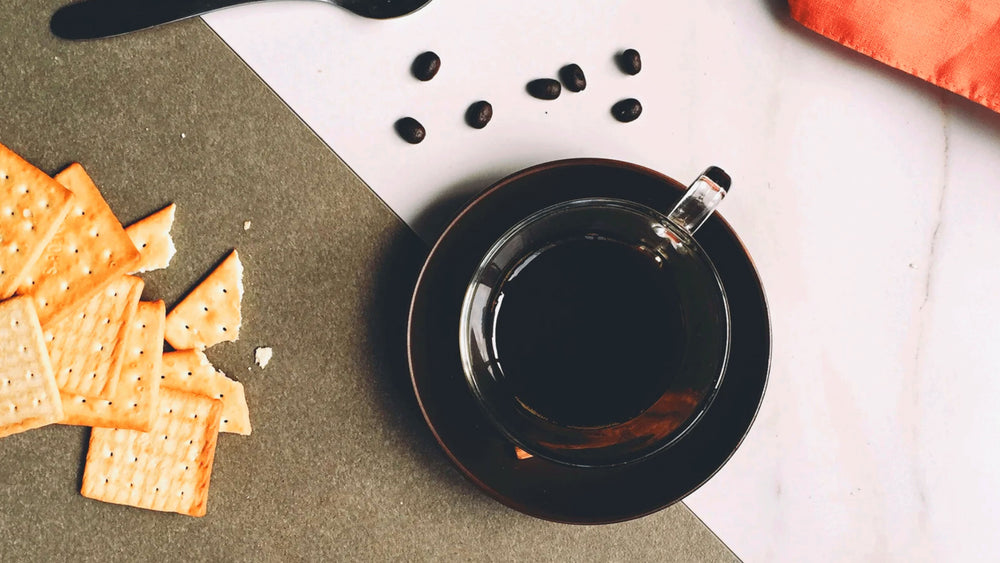Espresso is more than just a quick caffeine fix; it is a complex beverage that embodies a rich history and a meticulous brewing process. Understanding the components of an espresso can enhance your appreciation for this beloved drink. In this article, we will delve into the essential elements that contribute to a perfect espresso shot.

1. The Coffee Beans
The foundation of any espresso lies in the quality of the coffee beans. Typically, espresso is made from Arabica or Robusta beans, each offering distinct flavors and characteristics. Arabica beans are known for their sweetness and acidity, while Robusta beans provide a stronger, more bitter taste. When selecting beans, consider the roast level as well; darker roasts are commonly used for espresso due to their bold flavors.
2. The Grind Size
Another critical component of an espresso is the grind size. The grind must be fine enough to allow for proper extraction but not so fine that it clogs the filter. A consistent grind size ensures that water flows evenly through the coffee, extracting the rich flavors and oils that define a great espresso. Have you ever wondered why your espresso tastes bitter? It could be due to an incorrect grind size.
3. The Brewing Pressure
Espresso is brewed under high pressure, typically around 9 bars. This pressure is essential for extracting the oils and flavors from the coffee grounds. If the pressure is too low, the espresso may taste weak and under-extracted. Conversely, excessive pressure can lead to over-extraction, resulting in a bitter taste. Understanding the importance of brewing pressure is vital for achieving the perfect shot.
4. The Water Quality
Water is often overlooked when discussing the components of an espresso, yet it plays a significant role in the final product. The quality of water used can affect the taste of the espresso. Ideally, water should be filtered and free from impurities. Additionally, the temperature of the water should be between 190°F and 205°F to ensure optimal extraction.
5. The Extraction Time
The extraction time is another crucial factor in the espresso-making process. A typical shot of espresso should take about 25 to 30 seconds to brew. If the extraction time is too short, the espresso may taste sour; if it is too long, it may become bitter. Monitoring the extraction time can help you achieve a balanced flavor profile.
6. The Crema
Finally, we cannot forget about the crema, the golden layer that forms on top of a well-pulled espresso shot. This creamy layer is a sign of a good extraction and contributes to the overall flavor and aroma of the espresso. The presence of crema indicates that the espresso has been brewed correctly, showcasing the quality of the coffee beans and the skill of the barista.
In conclusion, understanding the components of an espresso is essential for anyone looking to appreciate this intricate beverage fully. From the choice of coffee beans to the brewing pressure and extraction time, each element plays a vital role in creating the perfect espresso. For more tips on making the perfect espresso, check out this guide.








